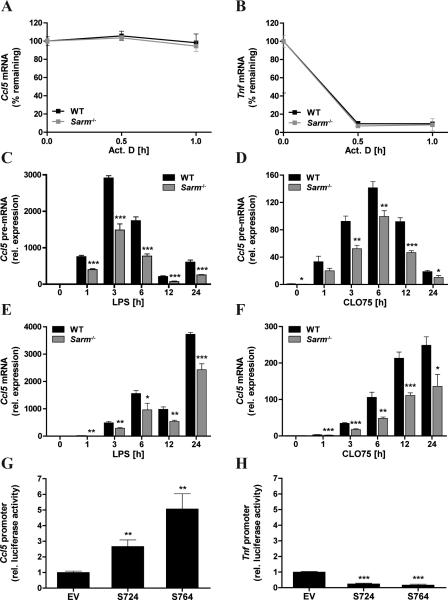Figure 4. SARM regulates CCL5 expression at the promoter and not post-transcriptionally.
A,B, Primary WT and Sarm−/− BMDMs were prestimulated for 3h with 100ng/ml LPS, and then treated with 5μg/ml Actinomycin D (Act. D) for the indicated times or DMSO as control. Ccl5 (A) or Tnf (B) mRNA were assayed by quantitative RTPCR, normalized to the housekeeping gene β-actin and are presented as percentage remaining compared with each WT or Sarm−/− control. C-F, Primary WT and Sarm−/−BMDMs were stimulated with 100ng/ml LPS (C,E) or 5μg/ml CLO75 (D,F) for the indicated times, or medium as control. Ccl5 pre-mRNA (C,D) or mature mRNA (E,F) were assayed by quantitative RT-PCR, normalized to the housekeeping gene β-actin and are presented relative to the untreated WT control. G,H, NIH3T3 cells were transfected for 48h with 150ng SARM_724-Flag (S724), SARM_764-Flag (S764) or pEF-BOS empty vector (EV) control, along with the pGL3-Ccl5 promoter luciferase reporter gene (G) or pGL3-Tnf promoter luciferase reporter gene (H), and the control pGL3-renilla luciferase gene. Then luciferase activity was measured, normalized to Renilla and is presented relative to EV control. All data are mean ± SD of triplicate samples and are representative of at least two independent experiments. * P < 0.05, ** P < 0.01, *** P < 0.001 compared with WT (C-F) or EV (G,H) (Student's t-test).

